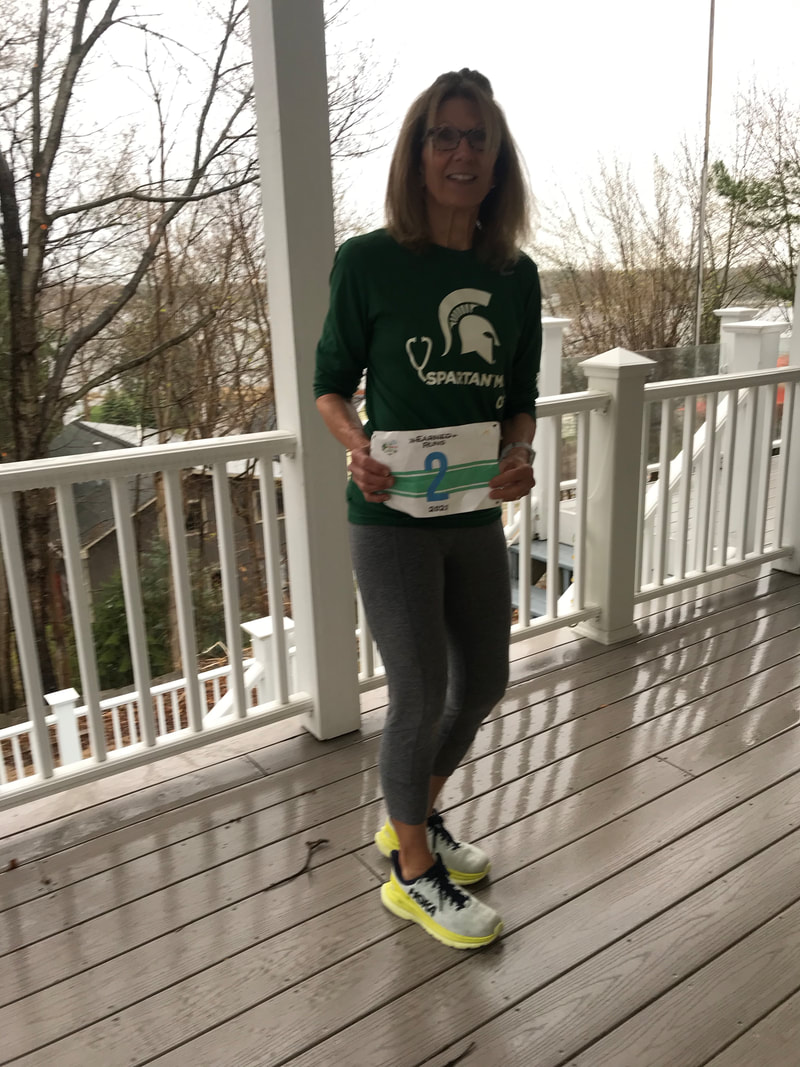BLOG
|
|
IN AN ARTICLE FOR Under Armor’s MyFitnessPal.com blog, “6 Signs You Need to Strengthen Your Glutes", Julia Malakoff explains that a common problem for many is weak gluteal muscles. Otherwise referred to as “buns”, “butt”, or ‘bum” muscles, the gluteus maximus, medius, and minimus of the core act in many ways; to stabilize the hips and back while standing, walking, and lifting; move the thigh while maintaining balance; climb stairs/hills; and rise from a squatted or seated position.
The author proposes there are six situations in which you might identify gluteal weakness, and more fully explains each in the item: “You have unexplained knee pain Your lower back is always sore Your glutes are never sore You have unexplained tension headaches Your posture is out of whack You can’t isolate your glutes” Possibly the one BEST predictor of weak or “sleepy” gluteals (the term Malakoff uses for inactivated muscles) is the amount of time they are used to cushion the backside while SITTING. Not just while watching a computer screen or in a meeting at work, but riding in a vehicle, spectating sports in the bleachers/stands, studying in the library, checking social media, and bingeing on movies or television series. There are many more opportunities during the day to sit than to stand or move. My guess is that unless a workout routine that specifically targets theses muscles is on your schedule 2-3 times a week, you are likely to have “sleepy” glutes because It’s hard to limit sitting time. It may be wise to assume that a gluteal muscle exercise maintenance program may be the best protection against developing one or more of the signs of gluteal weakness that represent risks for injury: knee or back pain, tension headaches, and posture misalignment. To help remedy this situation look over the menshealth.com article, “The 17 Best Glutes Exercises”. Use it to create a personal exercise plan to maintain or improve gluteal strength in 1-2 sessions/week. Start by choosing 3 to perform in one workout, and 3 for another change-up workout. Use the article to swap exercises as needed. To be safe, it may be best to avoid the barbell exercises unless you have prior experience using this piece of equipment. Or initially, try performing them without the weight (just the bar) or without any equipment (bodyweight version). Caution should be used with the kettlebell and the back-extension station exercises too. To keep motivation high, visualize the not-so-athletic image of a “sleepy” backside. It may be a great prod to start standing more and exercising. RUN & MOVE HAPPY! http://blog.myfitnesspal.com/6-signs-need-strengthen-glutes https://www.menshealth.com/fitness/best-glutes-exercises https://www.livestrong.com/article/374009-daily-function-of-gluteal-muscles/ https://en.wikipedia.org/wiki/Gluteal_muscles
0 Comments
Your comment will be posted after it is approved.
Leave a Reply. |
BRIDGE TO PHYSICAL SELF
Running, walking, and fitness activities enable us to experience our physical selves in a world mostly accessed through use of fingers on a mobile device. AuthorEARNED RUNS is edited and authored by me, runner and founder. In 1978 I began participating in 10K road races before 5Ks were common. I've been a dietitian, practiced and taught clinical pathology, and been involved with research that utilized pathology. I am fascinated with understanding the origins of disease as well as health and longevity. Archives
November 2023
CategoriesNew! Search Box
Earned Runs is now searchable! Check it out...
|


 RSS Feed
RSS Feed